Executive Summary
The third-party maintenance (TPM) market has gained significant traction over past decades as organizations seek cost-effective alternatives to original equipment manufacturer (OEM) support. This report analyzes the outlook for the TPM sector over the next five years, focusing on market trends, drivers, challenges, and potential growth opportunities. The findings suggest that the TPM market will continue to expand, driven by increasing demand for cost savings, flexibility, and enhanced service offerings.
Introduction
Third-party maintenance refers to the provision of maintenance and support services for IT hardware and software by independent service providers (ISP) rather than the OEM. This model has become increasingly popular among enterprises looking to optimize their IT budgets and improve service levels. As organizations continue to navigate the complexities of digital transformation, the demand for TPM services is expected to grow exponentially.
Market Overview
Current Market Landscape
According to reports and as of 2023, the global TPM market is valued at approximately $3.7 billion, with a compound annual growth rate (CAGR) of 11.8% projected over the next five years. At that growth, 2030 is projected to be $8.1 billion. The market is characterized by a diverse range of service providers, from small niche players to large multinational corporations. Key sectors utilizing TPM services include healthcare, finance, manufacturing, and telecommunications.
Key Trends
1. Cost Efficiency: Organizations are increasingly seeking ways to reduce operational costs. TPM offers a more affordable alternative to OEM contracts, often providing similar or superior service levels.
2. Customization and Flexibility: TPM providers are known for their ability to tailor services to meet specific client needs, offering more flexibility than traditional OEM support.
3. Focus on Customer Experience: As competition intensifies, TPM providers are investing in customer service and support to differentiate themselves in the market.
4. Technological Advancements: The integration of AI and machine learning in maintenance processes is enhancing predictive maintenance capabilities, allowing for proactive issue resolution.
5. Regulatory Compliance: Industries such as healthcare and finance are facing increasing regulatory pressures, driving demand for reliable maintenance services that ensure compliance.
Market Drivers
1. Rising IT Budgets: As organizations invest more in IT infrastructure, the need for effective maintenance solutions becomes critical.
2. Aging Equipment: Many enterprises are operating legacy systems that require specialized maintenance, which TPM providers are well-equipped to handle.
3. Globalization: As businesses expand globally, the need for consistent and reliable maintenance services across different regions is increasing.
4. Shift to Cloud Services: The growing adoption of cloud services is prompting organizations to reassess their maintenance strategies, often leading to a preference for TPM.
Challenges
1. Perception and Trust: Some organizations remain hesitant to switch from OEM support due to concerns about reliability and quality of service.
2. Market Saturation: The increasing number of TPM providers may lead to market saturation, making it challenging for new entrants to establish themselves. M&A has alleviated some of this concern in the past few years.
3. Technological Complexity: As technology evolves, TPM providers must continuously update their skills and knowledge to support new systems and software.
4. Regulatory Compliance: Ensuring compliance with industry regulations can be a complex challenge for TPM providers, particularly in highly regulated sectors.
Growth Opportunities
1. Emerging Markets: There is significant growth potential in emerging markets where organizations are increasingly adopting IT solutions but may lack the budget for OEM support.
2. Partnerships and Alliances: Collaborations between TPM providers and technology vendors can enhance service offerings and expand market reach.
3. Expansion of Service Offerings: TPM providers can differentiate themselves by offering value-added services such as managed services, consulting, and training.
4. Focus on Sustainability: As organizations prioritize sustainability, TPM providers can position themselves as environmentally friendly alternatives by promoting the extended life of existing equipment.
Summation
The outlook for the TPM market over the next five years is positive, with significant growth anticipated. Organizations are increasingly recognizing the value of TPM as a cost-effective and flexible alternative to OEM support. While challenges exist, the opportunities for innovation and expansion are substantial. As the market evolves, TPM providers that can adapt to changing customer needs and technological advancements will be well-positioned for success.
